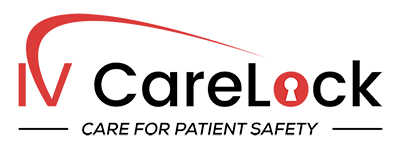Research & Studies
Mayo Clinical Trial Report
Evaluation of the Functionality in an Emergency Department Setting of an Intravenous Protection Device to Prevent Self-Injection
Mayo Clinic Case Study
Development of a Medical Device in Response to a Fatal Self-Injection of Non-prescribed Opioids: A Case Report
Relevant Literature
"'I have such a hard time hitting myself, I thought it’d be easier': perspectives of hospitalized patients on injecting drugs into vascular access devices"
Harm Reduction Journal
“In-Hospital Illicit Drug Use and Patient-Directed Discharge: Barriers to Care for Patients With Injection- Related Infections.”
Open Forum Infectious Diseases
"A Proposal for Addiction and Infectious Diseases Specialist Collaboration to Improve Care for Patients with Opioid Use Disorder and Injection Drug Use Associated Infective Endocarditis"
Journal of Addictive Medicine
“Self‑injecting non‑prescribed substances into vascular access devices: a case study of one health system’s ongoing journey from clinical concern to practice and policy response.”
Harm Reduction Journal
“Placing a Central Vascular Access Device in a Patient with Substance Use Disorder – The Ethical Position of the Infusion Nurse”
The Art and Science of Infusion Nursing
“Emergency Department Visits Involving Opioid Overdoses, U.S., 2010–2014”
Department of Health And Human Services
“How Increasing Medical Access to Opioids Contributes to the Opioid Epidemic: Evidence from Medicare Part D”
Department of Health and Human Services
“Clinical Policy: Critical Issues Related to Opioids in Adult Patients Presenting to the Emergency Department”
American College of Emergency Physicians Clinical Policies

— Care for patient safety —
To learn more about the IV CareLock and how it can help mitigate SIVAD risk within your facility, please reach out to the Chase Fernweh Medical team today
